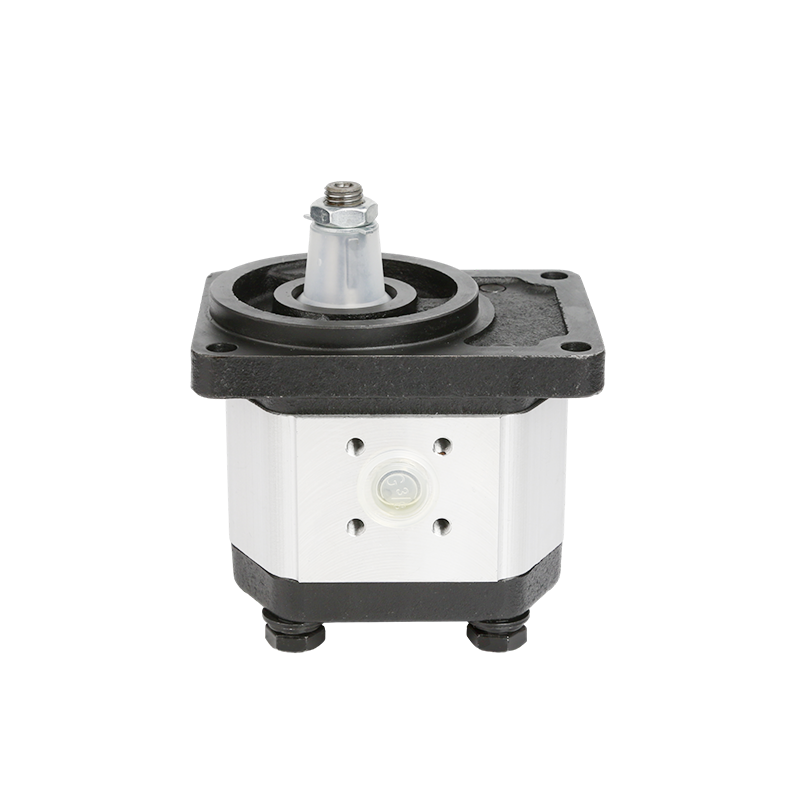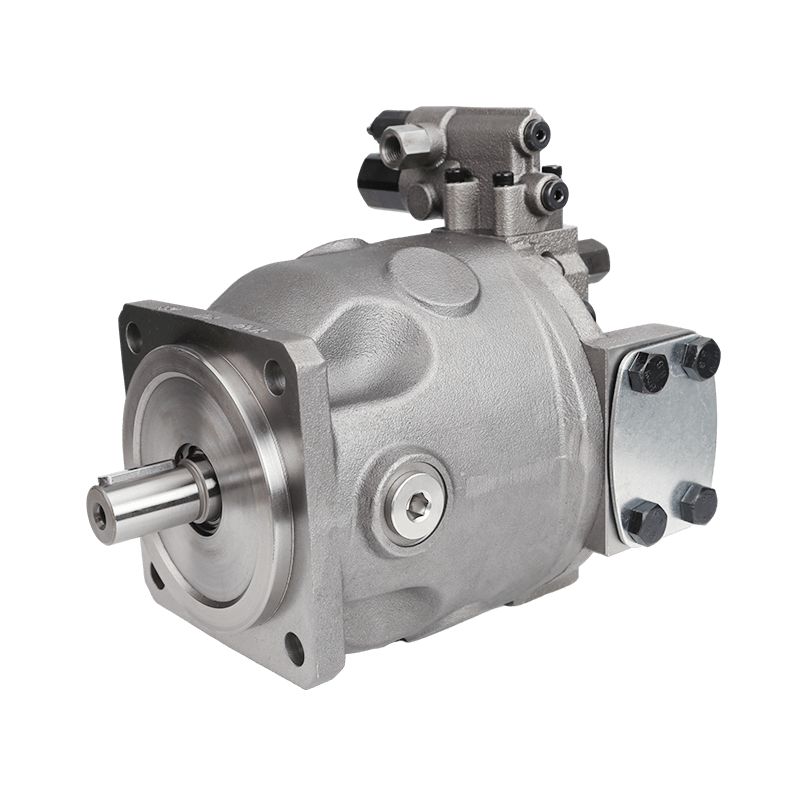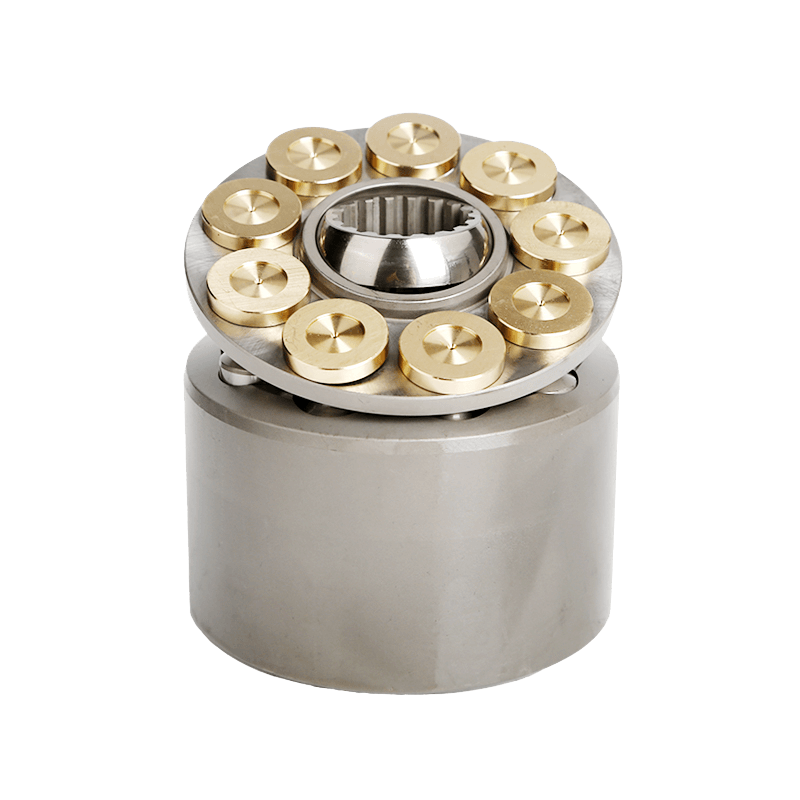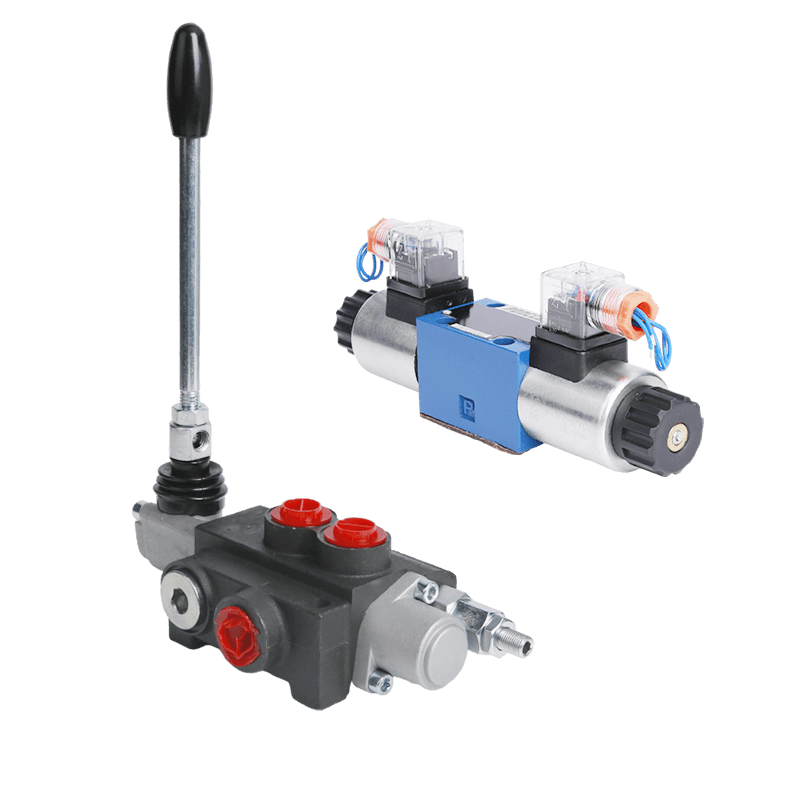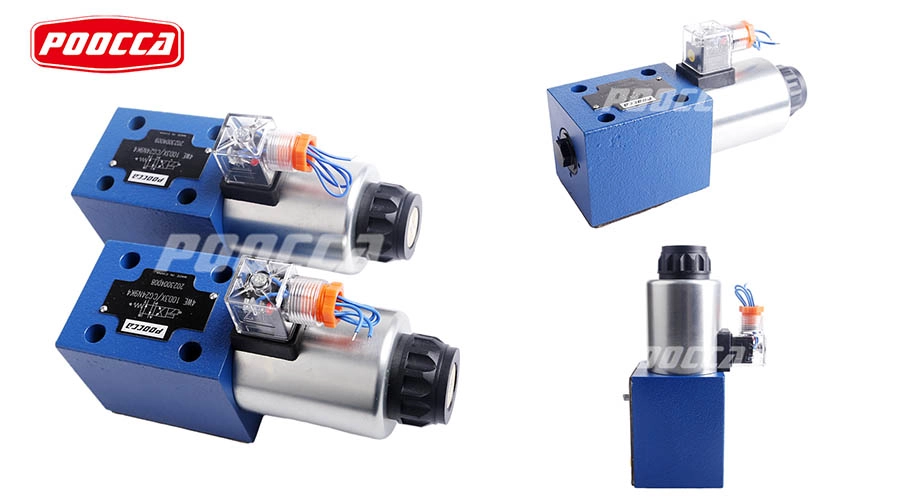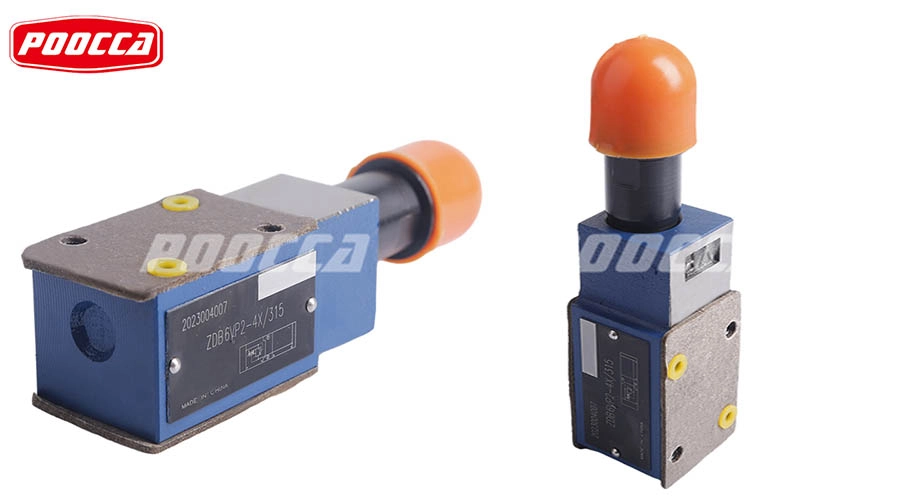Rotary seal technology has revolutionized the functionality and efficiency of numerous mechanical systems, especially in valves. Thanks to this technological advancement, single direction valves have experienced substantial enhancements in both performance and durability. These improvements have made them essential components across a wide range of industries.
Understanding Rotary Seal Technology
Principles of Rotary Sealing
Rotary sealing involves the use of a rotary seal situated between a rotating part and a stationary part. This type of sealing is designed to prevent the leakage of fluids while also keeping out contaminants under varying pressures and rotational speeds. The seal must maintain its efficacy despite the frictional heat and wear generated over extended periods of operation. The principle relies on the precise geometry of the sealing surface, which helps in distributing the pressure evenly across the contact points.
POOCCA Hydraulic (Shenzhen) Co., Ltd. was established in 2006 and has four companies in Hong Kong, Guangdong, Jiangsu and Zhejiang. We are a comprehensive hydraulic service company specializing in the research and development, manufacturing, maintenance and sales of hydraulic pumps, motors, valves and related parts. With extensive experience in providing power transmission and drive solutions to hydraulic system users around the world, we have a strong reputation in the industry.
Key Components and Materials Used
Rotary seals are typically constructed from advanced materials such as PTFE (polytetrafluoroethylene), nitrile rubber, polyurethane, and other high-performance polymers. These materials offer excellent resistance to thermal breakdown, chemical attack, and wear. The primary components include the sealing lip, which makes contact with the rotating surface, the housing or gland that supports the seal, and any springs or mechanical elements that help to maintain contact pressure. The choice of material depends on the specific operating environment, including temperature, pressure, and the types of fluids involved.
Importance of Rotary Seals in Valve Performance
Rotary seals play a crucial role in enhancing the performance of single direction valves by providing reliable sealing, which is essential for maintaining pressure and preventing contamination. High-quality rotary seals ensure that valves can operate efficiently without leakages, thus improving the overall lifespan of the valve. Additionally, these seals help reduce maintenance intervals and operating costs by providing long-term durability and resistance to wear and tear.
Functionality of Single Direction Valves
Basic Operation of Single Direction Valves
A single direction valve, commonly known as a check valve, allows fluid to flow in one direction while blocking any reverse flow. This feature is essential in systems where reverse flow could result in damage or inefficiencies. The valve usually includes a disc, ball, or gate that shifts to permit flow when pressure is applied in the desired direction and seals off to prevent backflow. The rotary seal within these valves guarantees a secure seal to uphold system integrity.
Common Applications in Industry
Single direction valves are widely used in a variety of industries including water and wastewater treatment, oil and gas, chemical manufacturing, and HVAC systems. In water treatment plants, these valves help to prevent contamination by ensuring that treated water does not flow back into clean water reservoirs. In the oil and gas industry, they are used to protect equipment from the dangerous effects of backflow and pressure surges, while in HVAC systems, they help to maintain consistent operation by ensuring directional flow of refrigerants and air.
Benefits Over Bidirectional Valves
Single direction valves offer distinct advantages over bidirectional valves in certain applications. By allowing fluid flow in only one direction, they effectively safeguard systems from backflow contamination, reverse pressure damage, and operational inefficiencies. This capability reduces the risk of system failure and minimizes the need for maintenance interventions, thus leading to lower operational costs. Furthermore, the optimization provided by a single direction valve can result in enhanced performance and longevity of the overall system.
In conclusion, the science behind rotary seal technology offers significant advancements in the functionality and performance of single direction valves. By employing the principles of rotary sealing, utilizing high-quality materials, and understanding the unique benefits provided by single direction valves, industries can achieve more reliable and efficient operations. As technology continues to develop, rotary seal technology will likely bring even greater improvements to valve performance and overall system efficiency.
Integration of Rotary Seal Technology in Valves
Design Considerations for Incorporating Rotary Seals
When designing valves that utilize rotary seals, several factors must be considered to ensure optimal functionality. The geometry of the seal must be meticulously designed to align with operational requirements such as pressure, temperature, and rotational speed. Moreover, the interface between the rotating and stationary components must be exact to reduce friction and wear. Engineering methodologies frequently employ computational fluid dynamics (CFD) and finite element analysis (FEA) to forecast the seal’s performance under various conditions. The compatibility of the sealing material with the working fluid is another crucial aspect, necessitating careful selection to avoid chemical degradation and maintain sealing effectiveness over time.
Enhanced Durability and Longevity
Material Selection for Optimal Performance
The longevity and efficiency of rotary seals in a single direction valve heavily depend on the selected materials. Advanced polymers such as PTFE, nitrile rubber, and polyurethane are often preferred due to their high resistance to thermal and chemical deterioration. Composite materials that combine the strength and flexibility of different polymers are gaining traction for their superior performance. Metallic elements may also be incorporated to bolster the structural integrity of the seal. The choice of material can significantly impact not only the seal’s lifespan but also the valve’s overall reliability in demanding conditions.
Engineering Techniques to Reduce Wear and Tear
To further enhance the durability of rotary seals, advanced engineering techniques are employed to minimize wear and tear. Surface treatments such as coating the seal with low-friction materials can significantly reduce the wear rate. Precision machining ensures that the seal and its housing fit perfectly, reducing mechanical stress. Lubrication systems are often integrated to maintain a thin film of lubricant between the rotating and stationary components, thereby reducing direct contact and subsequent friction. Predictive maintenance models, driven by sensor data, help in timely detection of seal degradation, allowing for preemptive interventions before failure occurs.
Advancements in Rotary Seal Technology
Innovations in Seal Materials and Design
New Synthetic Materials
Recent advancements in synthetic materials have led to the development of seals that offer unprecedented levels of performance. New synthetics provide enhanced resistance to a wide range of chemicals and exhibit superior thermal stability. These materials can operate at higher temperatures and pressures without significant deterioration. Additionally, advances in nanotechnology have enabled the creation of composite materials that combine flexibility and strength, resulting in seals that are not only more durable but also capable of withstanding extreme operational conditions often encountered in a single direction valve.
Improved Geometric Configurations
Innovations in the geometric design of rotary seals have greatly contributed to their improved performance. By optimizing the lip design and integrating multi-lip configurations, engineers have been able to enhance sealing effectiveness while reducing friction. Improved geometric configurations aid in better stress distribution, decreasing localized wear and thus prolonging the operational life of both the seal and the valve. Computational simulations are frequently employed to refine these designs, ensuring they meet specific performance criteria for various applications.
Impact of Technological Advances on Single Direction Valves
The technological advances in rotary seal design and materials have a profound impact on the performance of single direction valves. These innovations ensure that the valves can operate efficiently in more demanding environments, with reduced risk of leakage and contamination. Enhanced sealing efficiency translates to better pressure retention and flow control, which are critical for the reliable operation of these valves. In addition, the improved durability of rotary seals reduces maintenance frequency and costs, resulting in lower total ownership costs and increased reliability of the systems in which these valves are used.
As rotary seal technology continues to evolve, the performance and reliability of single direction valves will correspondingly improve, paving the way for more robust and efficient industrial operations.
At POOCCA, our strength is our dedicated team of over 300 professionals. Within this highly skilled workforce, we have a dynamic team of 70 sales professionals who possess vast experience and in-depth knowledge of our industry. Their expertise is crucial in providing tailor-made solutions and exceptional services to our valued clients.
Challenges and Solutions in Rotary Sealing Systems
Typical Issues Encountered and Their Causes
Leakage Problems
One of the most common issues in rotary sealing systems is leakage, which can significantly impact the functionality of a single direction valve. Leakage often arises due to improper installation, material degradation, or a mismatch in the seal and housing dimensions. External factors such as temperature fluctuations and pressure changes can also exacerbate leakage. Over time, the constant friction between the sealing lip and the rotating surface can cause wear, leading to diminished sealing performance and eventual fluid escape.
Thermal Expansion and Contraction
Thermal expansion and contraction present another major issue for rotary seals. As temperatures vary, different materials expand and contract at varying rates, which can cause gaps or misalignment between the seal and the rotating shaft. This can result in compromised sealing integrity and even potential failure of the single direction valve. Materials that are not capable of withstanding high temperatures may degrade, leading to cracks and breaks in the seal, which further exacerbates the problem.
Strategies to Address and Mitigate Challenges
Advanced Coatings and Treatments
To mitigate the challenges associated with leakage and thermal fluctuations, advanced coatings and treatments have been developed. Coatings such as PTFE can greatly reduce friction and wear, thus extending the life of the seal. These advanced coatings provide an additional layer of protection against chemical attack and thermal degradation, offering enhanced durability. Surface treatments like plasma nitriding can also improve the hardness and wear resistance of the mating surfaces, helping maintain a tight seal even under extreme conditions.
Improved Maintenance Procedures
Implementing improved maintenance procedures is crucial for ensuring the longevity and performance of rotary sealing systems in single direction valves. Regular inspections and timely replacements of worn-out seals can prevent leakage and other associated problems. Predictive maintenance, which leverages sensor data and analytics, can aid in early identification of potential issues, enabling preemptive action before failure occurs. Additionally, cleaning and lubricating the seal and its housing at regular intervals can reduce the risk of contamination and wear.
The Future of Rotary Seal Technology in Single Direction Valves
Advancements in technology are set to revolutionize rotary seal systems further, particularly in the application of single direction valves. Ongoing research and development in materials science are leading to the creation of even more resilient synthetic materials that can withstand higher pressures and temperatures. Innovations in geometric designs are paving the way for more efficient sealing mechanisms that offer better stress distribution and reduced friction.
The incorporation of advanced technologies, such as IoT sensors and real-time monitoring systems, is set to notably improve the performance and dependability of single direction valves. These innovations offer continuous updates on the condition of the seals, allowing for automatic adjustments and predictive maintenance that can significantly minimize downtime and reduce operational expenses. Looking ahead, the combination of material improvements, cutting-edge technology, and enhanced engineering methods will persist in advancing rotary seal technology. This will ensure that single direction valves remain sturdy, efficient, and reliable for a wide range of industrial uses.
In addition to our skilled sales team, we have 18 technical experts. Poocca has rich knowledge and technical strength. Their expertise not only drives our innovation but also ensures our products and services are at the forefront of technological advancement.

